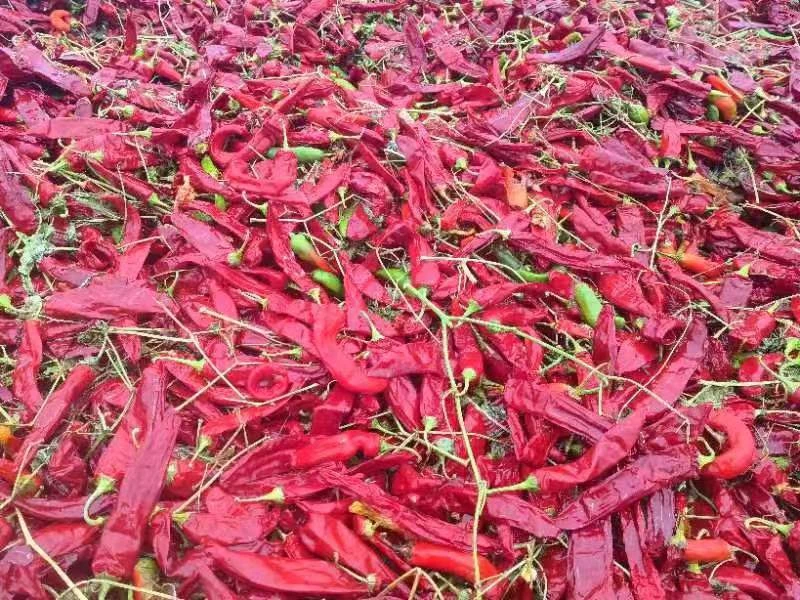- No. 268 Xianghe Street, Economic Development Zone of Xingtai city, Hebei 054001 China
- Byron@hbhongri.cn
spicy crushed red chili flakes for enhancing your favorite dishes and recipes
The Spicy World of Crushed Red Chili Pepper
Crushed red chili pepper is a staple in kitchens around the globe, revered not just for its fiery heat but also for its ability to elevate a dish’s flavor profile. This spice, derived from the dried pods of various chili pepper varieties, adds a distinctive warmth and vibrant color to countless recipes. As culinary enthusiasts and home cooks seek to harness the heat and flavor of crushed red chili pepper, it is essential to understand its origins, uses, health benefits, and the nuances that make it a coveted ingredient.
A Brief History
Chili peppers have a long and rich history, believed to have originated in Central and South America. They were first cultivated over 6,000 years ago and spread throughout the world following the Columbian Exchange in the 15th and 16th centuries. The journey of chili peppers led to the development of various varieties, each with its unique flavor profile and heat level. Crushed red chili pepper, made from dried and crushed red chili pods, has become a quintessential spice in cuisines including Italian, Mexican, Thai, and Indian cooking.
Culinary Uses
The versatility of crushed red chili pepper makes it a favorite among chefs and home cooks alike. It can be used in a myriad of dishes—from pasta sauces to soups, from stir-fries to marinades. The spice imparts not only heat but also depth and complexity, allowing for a more rounded flavor experience.
When used in Italian cuisine, crushed red pepper is a common addition to pizza and pasta dishes, often sprinkled generously on top to enhance the flavors. In Asian dishes, it can be incorporated into stir-fries or used as a seasoning for meats and vegetables, adding a kick that balances well with sweet and savory elements. Moreover, it’s an essential ingredient in various spice blends and sauces, such as harissa or sriracha, further showcasing its global appeal.
Flavor Profile
crushed red chili pepper

The flavor of crushed red chili pepper is not solely defined by its heat; it also carries fruity and slightly smoky undertones, depending on the variety of pepper used. Peppers like cayenne, chili de arbol, and crushed red pepper flakes (often a blend of different chili varieties) can vary in heat levels, typically measured on the Scoville scale from 30,000 to 50,000 SHU (Scoville Heat Units). This variance allows cooks to personalize the heat intensity in their dishes, catering to different palates and preferences.
Health Benefits
Beyond its culinary significance, crushed red chili pepper also offers an array of health benefits. It contains capsaicin, the compound responsible for its spicy kick, which has been linked to numerous health benefits. Studies suggest that capsaicin can boost metabolism, reduce inflammation, and even aid in weight management by promoting a feeling of fullness. Furthermore, its antioxidant properties contribute to overall health, protecting cells from damage caused by free radicals.
Storing and Using
To preserve its potency, it is advisable to store crushed red chili pepper in a cool, dark place, preferably in an airtight container. This helps maintain its color, flavor, and heat for a more extended period. When using it in cooking, it’s advisable to start with a small amount, as its heat can intensify when cooked. Gradually adjusting to taste ensures that the spice enhances rather than overwhelms the dish.
Conclusion
Crushed red chili pepper is more than just a spice; it is a culinary symbol of flavor, heat, and cultural diversity. Its ability to transform simple dishes into memorable experiences has made it a beloved ingredient across various cuisines. As you explore the world of cooking, don’t shy away from experimenting with crushed red chili pepper—allow its heat to awaken your taste buds and inspire your creativity in the kitchen. Embracing this spice can lead not only to flavorful dishes but also to a greater appreciation of the spices that connect us through food.
-
The Versatile Uses and Benefits of Capsicum Frutescens Oleoresin and ExtractsNewsJun.03,2025
-
Paprika&Chili Products Enhancing Flavor and Wellness in Every BiteNewsJun.03,2025
-
Paprika Extract and Capsicum Applications in Food and IndustryNewsJun.03,2025
-
Exploring the Benefits and Uses of Turmeric Powder and Curcumin ExtractNewsJun.03,2025
-
Discover the Bold Flavor of Premium Chilli Powder from ChinaNewsJun.03,2025
-
Capsicum Oleoresin Extract: A Potent Natural Ingredient in Modern ApplicationsNewsJun.03,2025







